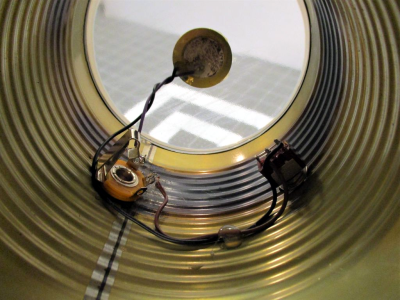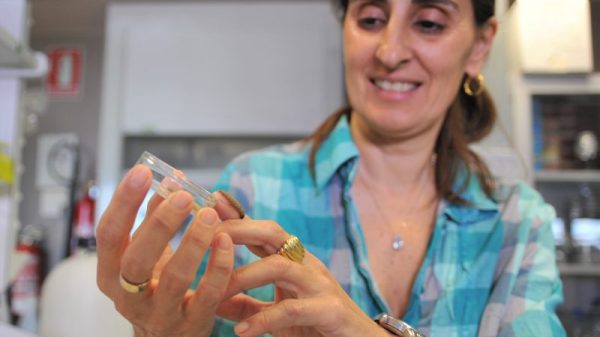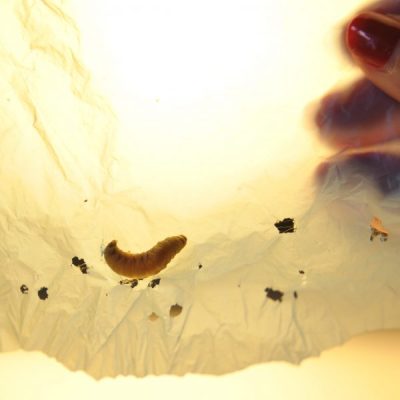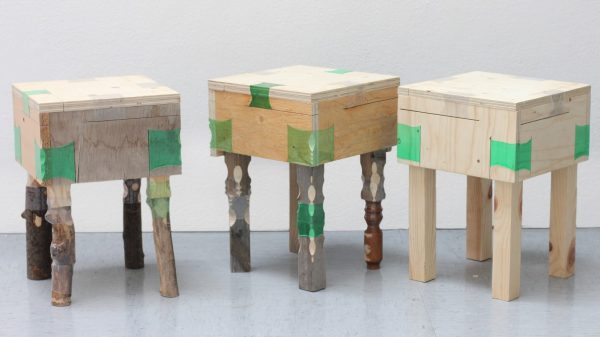If there’s any psychological good to be gleaned from quarantine, it’s that people are using the time to finish old projects while starting plenty of new ones. If you’re running out of ideas, or just want to feel better by doing some in-house recycling, dump out that bin and make a simple microphone.
 All you need is some PETE #1 plastic, a piezo disk, and the right kind of tin can. The plastic gets heat-fused to the rolled edge of the can, and since it gets stretched and shrunk in the process, it forms a tight membrane that doubles as a percussion instrument.
All you need is some PETE #1 plastic, a piezo disk, and the right kind of tin can. The plastic gets heat-fused to the rolled edge of the can, and since it gets stretched and shrunk in the process, it forms a tight membrane that doubles as a percussion instrument.
You do your shouting into the other end, and your sound waves vibrate the membrane. The piezo picks up the vibrations and sends them to a 1/4″ jack so you can plug it into an amp.
Even if you are somehow sidestepping the blues, you can always use this to yell at people who threaten to get too close to you. This fun project is about as open as it gets, but we’re sure that you can think of ways around using a piezo disk. Let us know in the comments after you check out [Ham-made]’s music video.
We like [Ham-made]’s method for cutting down the juice jug without cutting into yourself. Just clamp a razor blade into your vise and move jug against it. Reminds us of another way to easily reuse plastic soda bottles by making them into rope.
Continue reading “Belt The Quarantine Blues Into A Homemade Mic”















